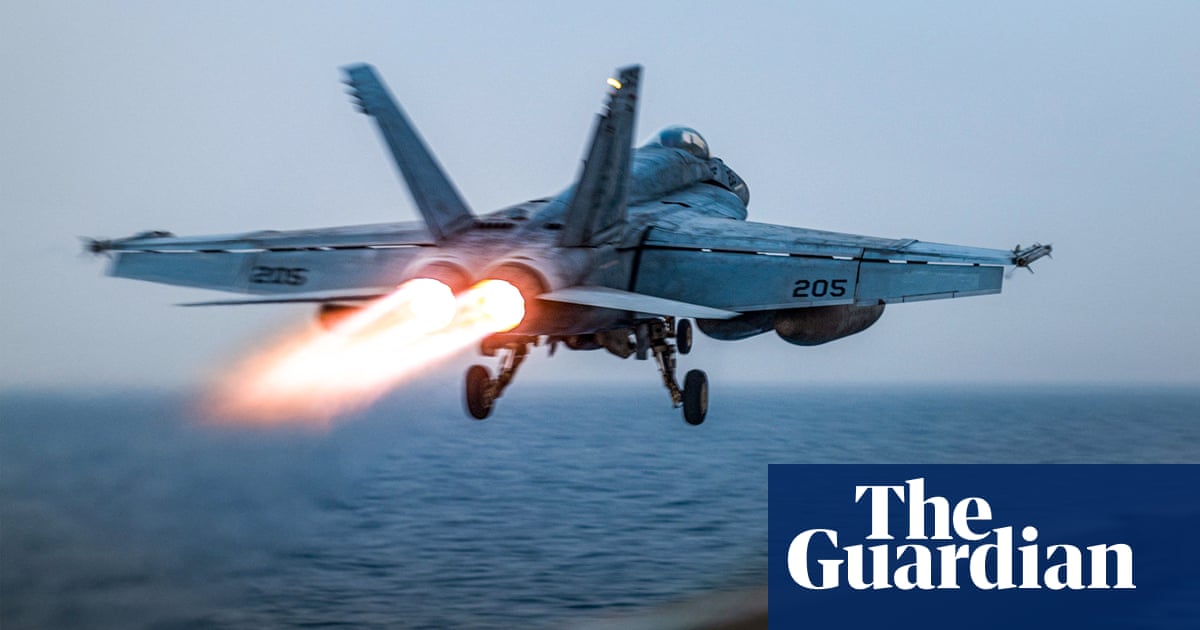The incident involving the F/A-18 fighter jet falling off the USS Harry S Truman aircraft carrier highlights several critical aspects of military operations and the ongoing conflict in the region. The circumstances surrounding the event raise questions about the safety protocols in place for handling military aircraft, especially under stressful conditions such as evading enemy fire.
Objective Behind Reporting
This report appears to serve multiple purposes. Primarily, it aims to inform the public about the risks faced by military personnel and the unpredictability of operations in conflict zones. By detailing the incident, the article emphasizes the dangers associated with naval operations, particularly in areas where hostile forces like the Houthi militants are active. The reporting may also seek to reinforce the narrative of ongoing military engagement and the complexities involved in protecting assets and personnel during such operations.
Public Perception
The coverage may create a perception of vulnerability among US military forces, particularly regarding their operational safety. This could lead to discussions about military readiness and resource allocation. Additionally, by focusing on the incident's dramatic nature—sailors leaping for their lives—the report might evoke a sense of urgency and concern among the public regarding military operations abroad.
Potential Omissions
While the article does not explicitly hide information, it may downplay broader geopolitical implications of the incident. The focus is primarily on the accident rather than the strategic context of US involvement in Yemen and the ongoing conflict with the Houthis. This could lead to a lack of understanding among readers about why such incidents occur amidst military actions.
Manipulative Elements
The report contains elements that could be seen as manipulative, particularly in its portrayal of the incident. The vivid description of sailors jumping for their lives might evoke strong emotional reactions, potentially distracting readers from the larger context of US military operations. The framing of the incident could influence public sentiment, either supporting or questioning US military involvement.
Credibility of the Report
The article relies on official statements from the Navy and unnamed US officials, which generally lends credibility to the information presented. However, the lack of detailed accounts or direct quotes from eyewitnesses may leave some gaps in the story, prompting readers to consider the reliability of the information.
Implications for Society and Politics
Incidents like this can influence public opinion about military engagements, potentially affecting support for future operations. They might also lead to calls for increased safety measures within the military or greater scrutiny of military spending and strategies.
Audience and Community Engagement
The article likely appeals to audiences interested in military affairs, national security, and international relations. It may resonate more with communities that are supportive of military action and those concerned about the safety of service members.
Market and Economic Impact
While this specific incident may not have immediate effects on stock markets, it does contribute to the broader narrative surrounding military engagement, which could influence defense stocks and investments in military technology.
Global Power Dynamics
The incident underscores the ongoing tensions in the Middle East, particularly between the US and Houthi forces. It reflects the complexities of military operations in a volatile region, which may have implications for US foreign policy and military strategy.
Use of AI in Reporting
There is no clear indication that AI was used in the writing of this article. However, the structured presentation of information and the concise nature of the report suggest that it may have undergone editorial processes that could involve AI tools for data analysis or content organization.
In summary, the report on the fighter jet incident conveys critical information about the risks faced by military personnel and the complexities of operations in conflict zones. However, it also raises questions about the broader implications of military engagements and the narratives that surround them.
